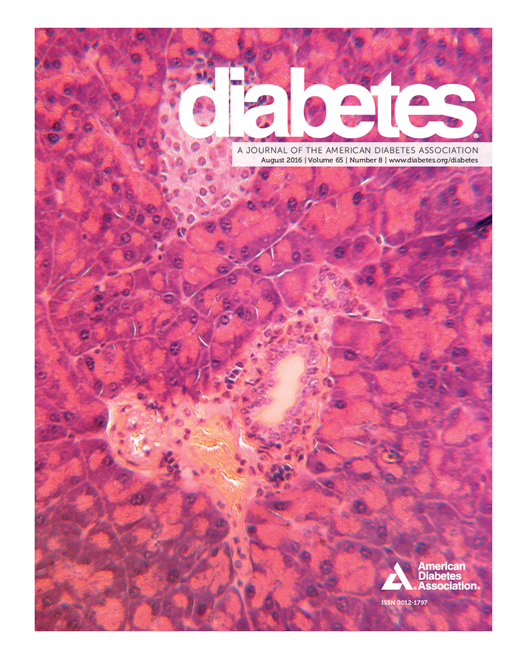Corresponding author: Carme Roura-Mir, carme.roura@uab.cat.
Diabetes 2016;65(8):2356–2366
https://doi.org/10.2337/db15-1350
Abstract

Many studies have shown that human natural killer T (NKT) cells can promote immunity to pathogens, but their regulatory function is still being investigated. Invariant NKT (iNKT) cells have been shown to be effective in preventing type 1 diabetes in the NOD mouse model. Activation of plasmacytoid dendritic cells, modulation of B-cell responses, and immune deviation were proposed to be responsible for the suppressive effect of iNKT cells. We studied the regulatory capacity of human iNKT cells from control subjects and patients with type 1 diabetes (T1D) at disease clinical onset. We demonstrate that control iNKT cells suppress the proliferation of effector T cells (Teffs) through a cell contact-independent mechanism. Of note, suppression depended on the secretion of interleukin-13 (IL-13) by iNKT cells because an antibody blocking this cytokine resulted from the abrogation of Teff suppression; however, T1D-derived iNKT cells showed impaired regulation that could be attributed to the decrease in IL-13 secretion. Thus, alteration of the IL-13 pathway at disease onset may lead to the progression of the autoimmune response in T1D. Advances in the study of iNKT cells and the selection of agonists potentiating IL-13 secretion should permit new therapeutic strategies to prevent the development of T1D.
Article Information
Corresponding author: Carme Roura-Mir, carme.roura@uab.cat.
Diabetes 2016;65(8):2356–2366
https://doi.org/10.2337/db15-1350
Funding. Ministerio de Economia y Competitividad – CONVOCATORIA 2015 – PROYECTOS I+D+I – PROGRAMA ESTATAL DE INVESTIGACIÓN, DESARROLLO E INNOVACIÓN ORIENTADA A LOS RETOS DE LA SOCIEDAD:
SAF2015-66399-R: “PRESENTACION DE AUTOANTIGENOS PROTEICOS Y LIPIDICOS EN LOS ISLOTES PANCREATICOS Y EN EL TIMO: UNA CLAVE PARA LA DIABETES DE TIPO 1”
